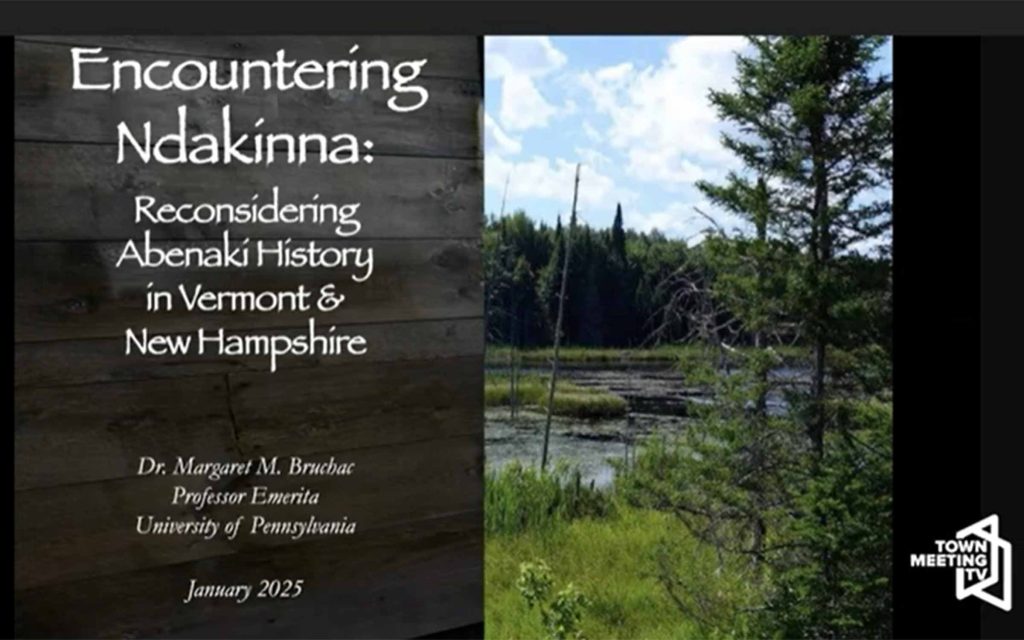
Four hundred years ago, Vermont was not called “Vermont.” It was, and still is, part of the land Ndakinna where the Western Abenaki people live. Their land includes what is now Vermont and New Hampshire. It also includes parts of Maine, Massachusetts and Quebec, Canada. Historians estimate that in the early 1600s, 10,000 Abenaki lived in Ndakinna. Click here for a 72-minute presentation by Dr. Bruchac about Ndakinna by the Ethan Allen Homestead Museum on January 19, 2025.
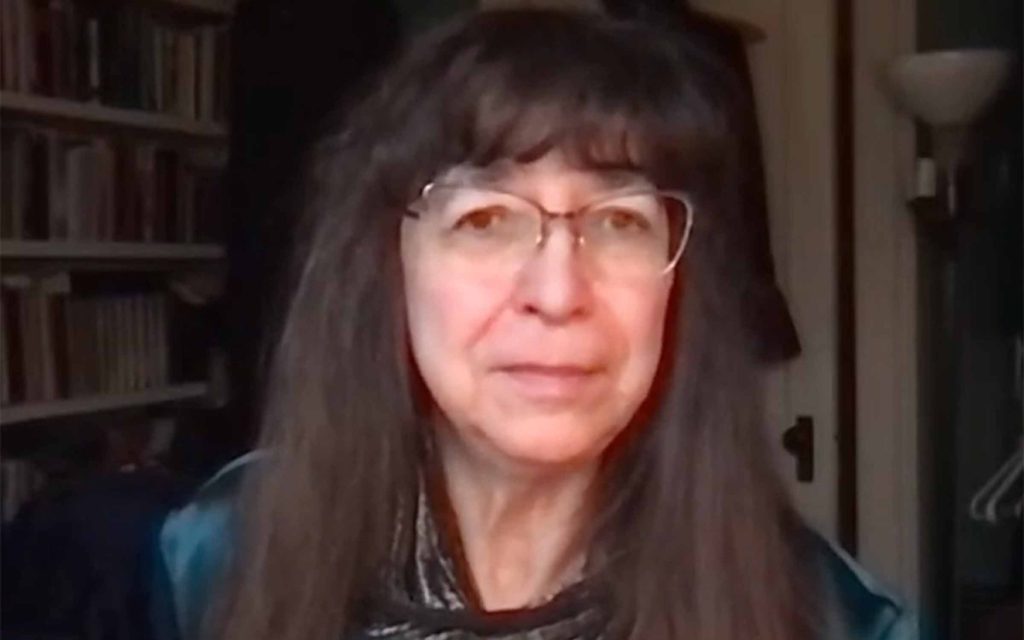
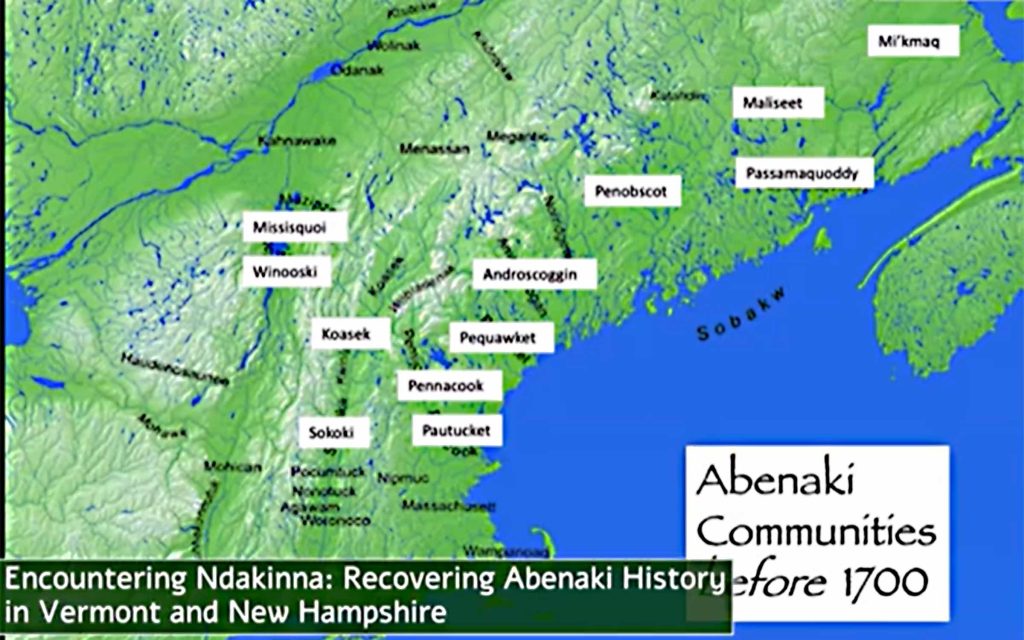
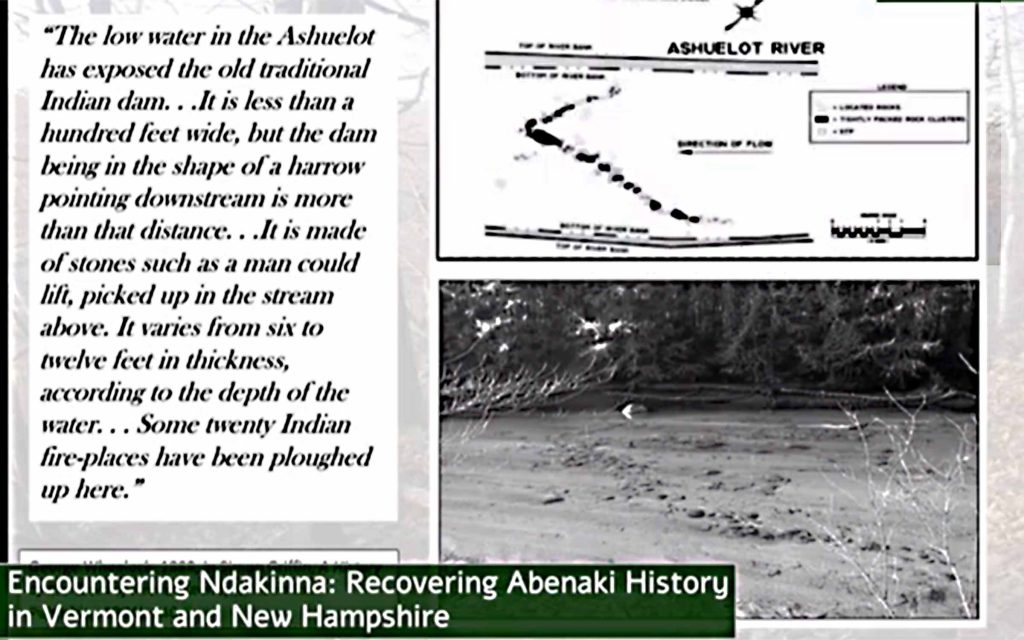
Dr. Margaret M. Bruchac, Professor Emerita of Anthropology & founder of the Native American and Indigenous Studies Initiative at the University of Pennsylvania, described the area around Keene, New Hampshire that was originally known to the Abenaki Indian people as Ashuelot. Although the name is now best known as a river, it originally translated to “land between place,” referring to the flat land between the surrounding mountains that was criss-crossed with trails that lead to other familiar places.
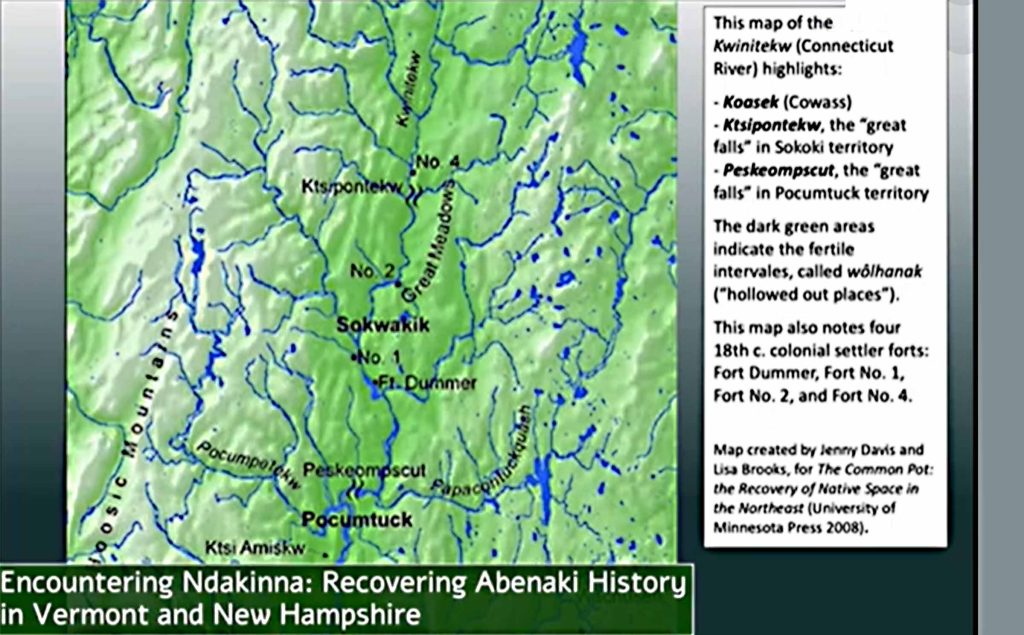
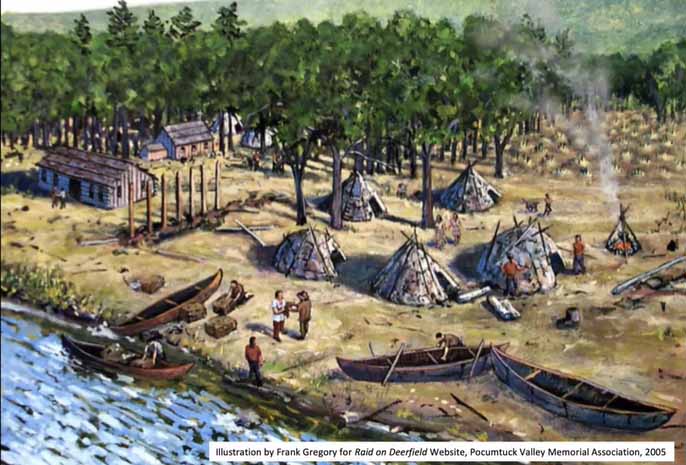
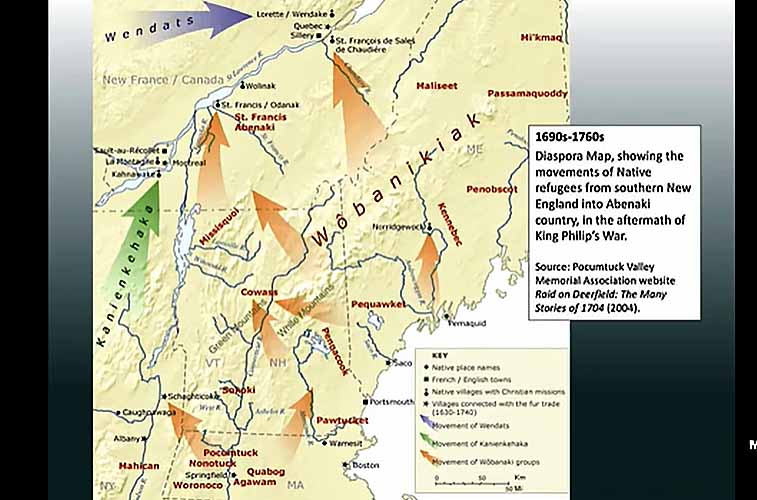
The European settlers took most of the land held by the Abenaki. Many of the Abenaki people moved farther away from the Europeans. Some moved into the forests. Others moved north to the Abenaki villages of Missisquoi and St. Francis. And the Europeans kept coming to what is now Vermont.
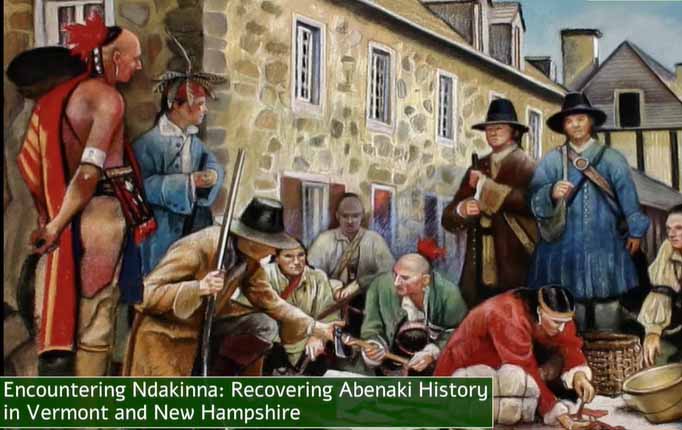
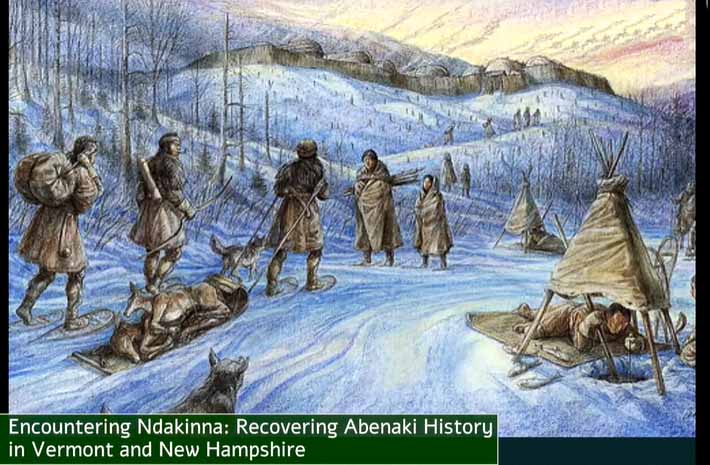
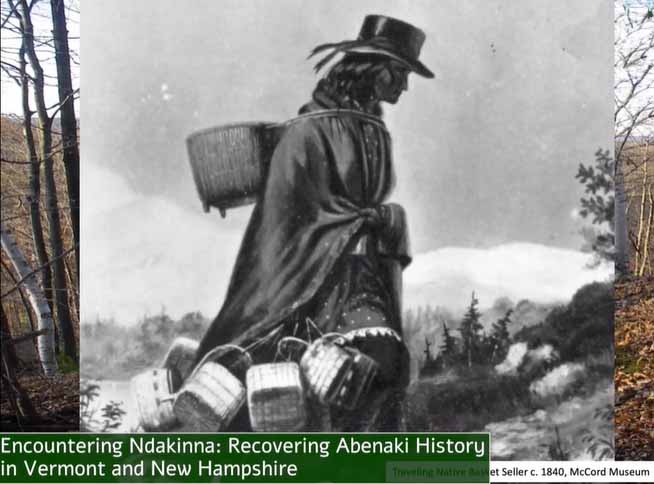
When the French surrendered to the British in 1763, the Abenakis’ treaties were revoked as their homeland was considered conquered territory. The Abenaki remained marginalized for much of Vermont’s history, only becoming recognized by law in 2006.
